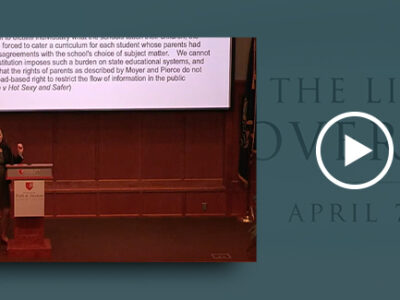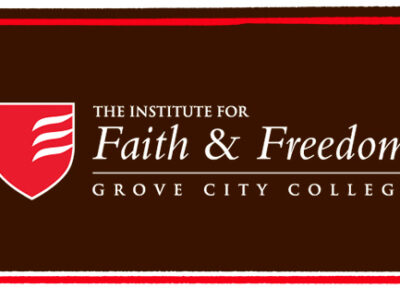First, while young people fueled the fires of the anti-war movement, the draft ignited that fuel. By 1969, two-thirds of college males were selecting academic majors leading to draft-exempt career fields. Furthermore, as graduate programs in universities and seminaries expanded, accommodating administrators lowered academic standards, opening their doors even wider to as many draft-dodging young men as possible. For the American academy the result was a generation of scholarly decline as curricula forsook traditional academic subjects for courses more attuned to multi-cultural, gender and class-oriented themes. On the American religious scene there followed a 40-year membership decline in mainline Protestant denominations where church leaders—seminarians of the ’60s—seemed more concerned with pushing “progressive” issues like gay ordination and women’s reproductive rights than with presenting the gospel.
Second, the current student body differs markedly from that of the ’60s. Women constitute a majority of today’s undergraduate cohort, especially in the liberal arts. Male students, more concerned with future career aspirations, tend to practical majors in business, engineering and the hard sciences. Across American academe as graduate programs in the liberal arts shrink, new offerings in subjects associated with national security studies and intelligence analysis expand.
Third, the Vietnam anti-war movement started small in early 1965 with teach-ins and then mushroomed into massive demonstrations by the decade’s end, its growth driven by the rapid escalation of American involvement and rising draft quotas. By contrast, the current anti-war movement started large then rapidly dwindled. One big reason is the absence of any threat of conscription. “Hell no! You won’t go!” (currently expressed as “Bring the troops home now!”) doesn’t hack it when America’s best and brightest fill the ranks of our all-volunteer military. Furthermore, the left’s continuing insistence on its “support for the troops” echoes of nothing so much as the proverbial skin of a lie stuffed with a reason.
Fourth, while the moniker “war on terror” lacks strategic precision, most Americans understand the vicious nature of those Islamist terrorists who murdered 3,000 innocent people on 9/11. The reasons for fighting this war are much more apparent than were those ill-defined objectives offered by the Kennedy and Johnson administrations. Furthermore, while some trendy 1960s academic lefties waxed eloquent about the Viet Cong constituting the “moral equivalents of our founding fathers,” only the most jaded adherent to “America-as-behemoth” worldview could dismiss the pernicious evil motivating terrorists who bellow “Allah Akbar” while slaughtering their victims.
Where have all the flower children gone? For the most part, after turning on, tuning in, and dropping out, we grew up, prospered, and got old and now are headed for retirement communities in our high-end sedans and sports utility vehicles. For most of us, “we support the troops” does not constitute a preamble to anti-war statements. Rather, we support the troops because we know how important it is for good people to stand firm against evil. It seems a significant number of our children and grandchildren understand that as well.



